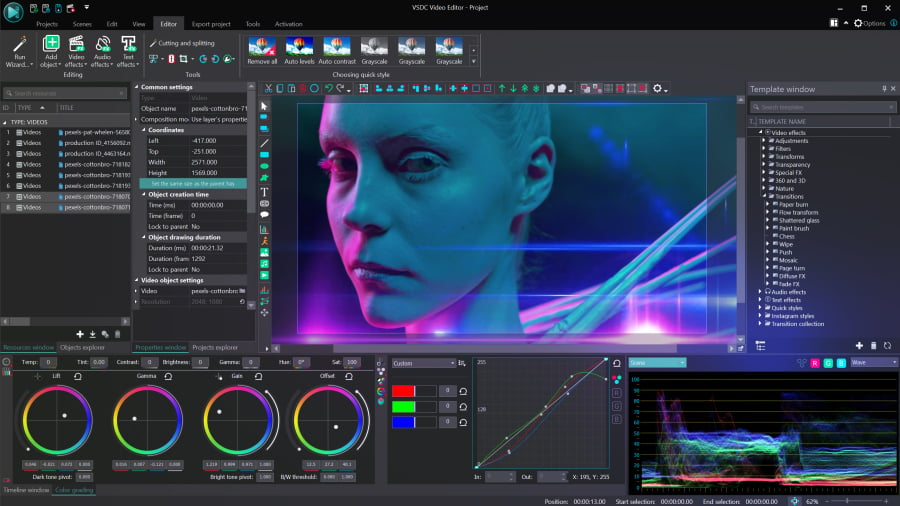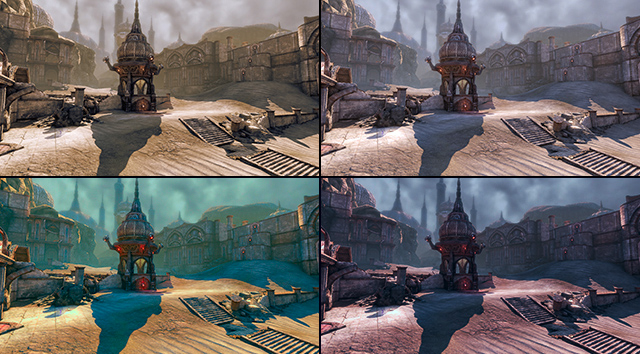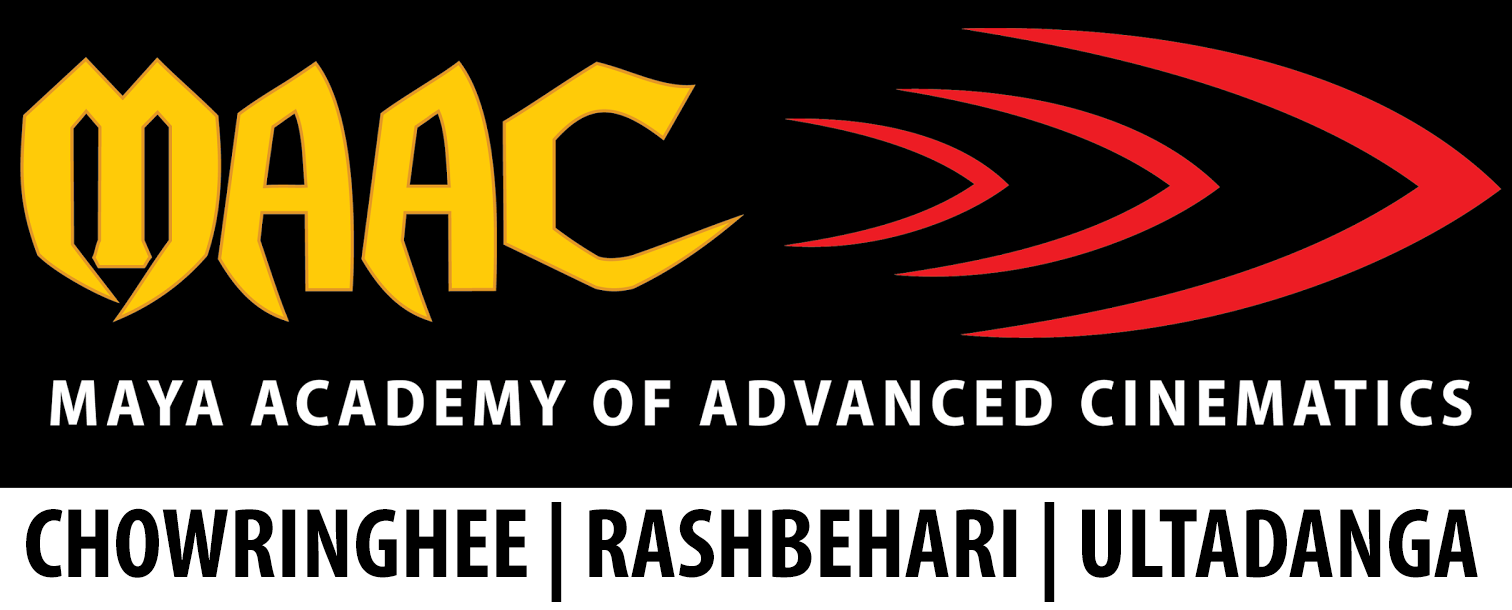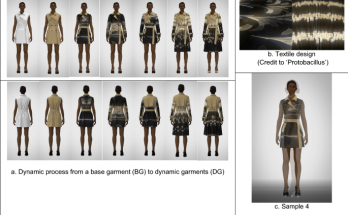The manipulation of the color and intensity of light is called color grading.
In spite of its sounding very simple, color grading is moderately complex. Manipulating light and color involves several different aspects of your exposures and requires careful planning prior to your shoot. Now, you might wonder why planning is necessary and why you can’t just start shooting or filming right away. However, without proper planning, achieving the desired mood, tone, and consistency through color grading becomes much more challenging, as each aspect of lighting and exposure plays a crucial role in the final look of your project.
Planning of your goal before you start shooting plays a key role because it helps you to get the appropriate color grading. It is a process; any element within a process will cause no hindrance, rather with a clear objective it will bring you closer to achieving your goal.
You can not disagree that colour grading is a mere tool and it helps in creating emotion.
Color is used as an aid for arousing emotion among the public. It might appear to be dull and insignificant, but any and every tool creating emotion in the audience happens to be a precious tool. An intense reaction and long-term feelings can be accomplished only through the process of color grading.
Hardly there is any barometer to measure what a good color grading is. It depends on you, what emotion you would want to evoke, and any color grading that accomplishes your objective is a good colour grading.

Types of Color Grading
As with all techniques of the post-production process, color grading is also where you are required to develop your individual style. Color grading for a handful filmmakers has turned out to be an aesthetic identity.
There are 3 types of standard color grading in film and television.
Type 1: Naturalistic color grading
The most appropriate example of naturalistic color grading is an environmental film (nature documentary). It boosts the existing colors of the footage. The color correction factor in that acts differently and it does not attempt to rectify mistakes. It helps in making the green appear greener and the blue bluer.
Planet Earth II showcases naturalistic color grading. It has been filmed with contemporary equipment. It implements naturalistic color grading in order to enhance the exquisite scenic beauty of nature.

Type 2: Genre-specific color grading
Here you have to first think of some diverse movie genres and then decide the type of colors that you would want to perceive in each of them. E.g. A combination of softer colors and brighter scenes might be used in a rom-com, while a sci-fi film is likely to use artificial colors and neons that help to communicate the far-fetched technology. Different genres have individual palettes of color grading. Psychological horror thrillers like ‘Silence of the Lambs’ comprises dark footage and use muted tones.
Type 3: Contrast and mood-based color grading
Modern films majorly implement contrasting color grading for creating a visually aesthetic and emotionally intense experience for the viewers.
In Romeo and Juliet by Baz Luhrman (1996), there is a scene in which Romeo and Juliet commit suicide, has a dark gloominess of a death funeral, where neon-pops create an all but fanciful paradise.

Is color grading necessary?
From a creative perspective, the process of color grading plays a significant role in filmmaking. It is by grading your footage that you get to add a unified perception of style to every aspect of your movie. Through generations, Hollywood filmmakers covering a range from Alfred Hitchcock → Martin Scorcese → Kathryn Bigelow →Greta Gerwig have implemented movie color grading that enables them to denote suggest mood, background setting, refine character traits, and signifies transitions in time.
As you know, great filmmaking proceeds far beyond just stylized color. At the time of a movie winning the ‘Best Picture’ at the Academy Awards, the color artist is not invited to accept the award and make utterances of gratitude, about the magical prodigies of Adobe Premiere Pro.
Renowned films mostly hinge primarily on story-telling, acting, dialogue and production design. However video color and film likely offers the final embellishment that aids these components to resonate with market audiences.
What’s the difference between color grading and color correction?
Both Color grading and color correction are interrelated processes that take place in due course of video editing. The general principle of color correcting involves important rectification to video visuals that would often patch up creative errors that have occurred while filming. The process of color grading commonly involves general aesthetic choices that are implemented to several scenes or the whole movie.
Color Correction: The purpose of Color correction involves the process of fixing any technical issues with the color in a video or image to ensure accuracy and consistency. The process involves adjusting the white balance, exposure, contrast, and saturation to accomplish a balanced and natural-looking image.
Color grading: The purpose of Color grading involves enhancing or altering the color and mood of a video or image to achieve a specific artistic effect or style. The chief objective of this process involves applying stylistic color tones, contrast adjustments, and creative looks to evoke emotions or convey a particular atmosphere.
How is color grading done?
In the process of colour grading, digital tools or photochemical processes are utilized to create videos or films that look really good or modify the mood and colour tone.
Putting it another way, the color grading process involves manipulating color, saturation, contrast and other aspects, so that it matches with the scenes that are shot under different conditions and circumstances.
10 leading color-grading software used for beginners and video editing Experts
DaVinci Resolve :
It is multipurpose software for video editing with a thorough set of tools used for color grading and color correction, visual effects, audio editing or mixing for creating majestic videos.
Red Giant Colorista :
It is compatible with both Final Cut Pro and Adobe Premiere, Colorista happens to be one of the leading pioneers in color grading plug-ins. This software offers curves, colour wheels, hue versus saturation tools, providing support for log to rec709 LUTs.

Color Fixer Pro :
It is compatible with Final Cut, Premiere and Avid Media Composer. This software offers minimal features from the bunch, exposure controls and very basic temperature. But the simplicity is likely to be an advantage for the beginners, feeling amazed by such too many creative instruments.
Chromatic :
It is a Final Cut Pro plug-in consisting of traditional software tools like curves and wheels, which Final Cut already includes. Added feature of this software is that it masks tracking. One of the best trackers in the present industry is Mocha tracker, which is used by Chromatic.
LightWorks :
It is one of the oldest and critically evaluated video-editing softwares that have been used by multiple Hollywood movies. It has won the Emmy Awards (2017) as a pioneer in non linear.

Adobe Premiere Pro :
It is a latest video editing software, developed by Adobe Inc. Professionals use this software for its most new-fashioned colour grading features for movies and videos streaming online that would simplify the process of editing.
Vegas Pro:
It is a professional editing tool. It is a product from Sony. It aids in enhancing video footage, making edits to music videos, shows and TVCs, etc.
Final Cut Pro :
A software tool used for editing videos professionally. Final Cut pro is produced and owned by Apple. It is vastly used for color grading and video editing on an advanced level. This software was used in the post production process of the movie “The Social Network”. This software performs several editing functions and tools for color grading and color color correction.
Cinema Grade :
It is a colour grading plug-in, functioning with the most popular trio among the editing softwares which includes Adobe Premiere, DaVinci Resolve and Final Cut Pro.
It consists of Lightroom style, controls for people coming from a photographic background, false color mode for achieving the perfect exposure, easy color matching; provide support for the Xrite colour checker chart for performing automatic corrections and matching the appearance of your favorite films by a color-transfer tool.
Hitfilm Pro :
It is autonomous software essentially used for visual effects and editing. The complete version of Cinema Grade includes wheels, hue, curves and keying, saturation controls and mask tracking.

To Learn About More Color Grading Softwares, Join MAAC Kolkata Today!
Ph No – 9836321595 MAAC CHOWRINGHEE
Ph No – 9836321789 MAAC RASHBEHARI
Ph No – 9830390356 MAAC ULTADANGA





